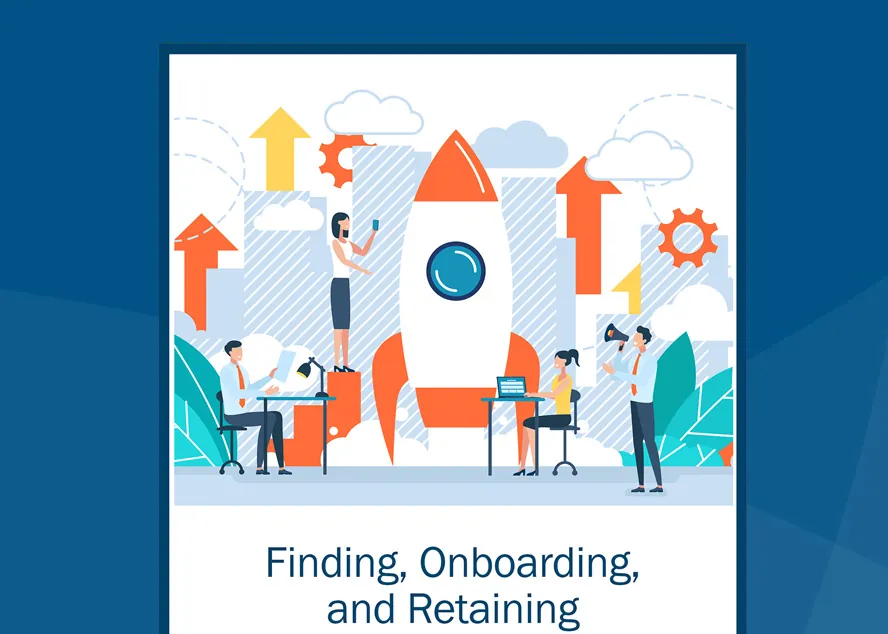Working Smarter, Not Harder

As a sales leader, you may sometimes find yourself wondering what’s changed with enterprise B2B sales? Your sales team is intelligent, dedicated, and motivated, yet sales have slowed, and the team is barely making progress toward their year-end sales goals. Overworking and underperforming was not part of the sales plan for 2022. The effort is not sustainable. If things do not turn around soon, it may be time to admit defeat and lower projections.
For sales leaders, it sometimes feels like we are swimming against the current. Our best efforts get us nowhere. Lifeguards call this an undertow, a hidden current that exhausts the unsuspecting swimmer and leads to potentially life-threatening situations. This article explores the hidden currents limiting sales performance and what sales leaders can do about it.
Avoid the Sales Sermon
Yogi Berra had a great quote about baseball that applies to sales performance. “Baseball is 90 percent mental. The other half is physical.” A similar statement could be made about sales. Regardless of the percentage breakdown, sales success is a combination of mental and physical. Often, the biggest obstacle to high performance is not our physical actions but our mental thought process.
When sales slow, the first inclination is to lean into the problem, contact more prospects, set more appointments, and increase the effort. The initial focus is on physical behaviors. Like the swimmer stuck in a current, the longer and harder you fight the tides, the greater the risk of something tragic happening. The quicker a sales leader recognizes that the tides have changed, the faster they can navigate where they want to go.
When a high-performing sales team experiences a deceleration in sales, the leader’s natural reaction is to double down on the basics. Here is how the process typically unfolds: In the first month, the sales leader schedules a meeting and delivers their speech around “control your controllables” and “stick with what works,” while reminding the team that “failure is not an option.” The least valuable solution in a downturn is a sales sermon of clichés.
The Neuroscience of Bad Decisions
Why do sales leaders fight the tide head-on without investigating their options? It comes down to the ABCs:
- Activating Event
- Belief & Behavior
- Consequences
The activating event is that sales have slowed. Instinct tells us to fix this immediately. This conviction leads us to believe that we’re not working hard enough. Behaviors are a response caused by our beliefs. And since we rarely question our beliefs, we dive headfirst into the solution.
For competitive, driven sales leaders, there is a name for this type of personality, “Type A.” We say to ourselves, “I’m going to figure this out. I’ve done it before. I’ll do it again.” Many sales leaders have a sense of urgency with everything they do. They are solution-oriented and willing to work hard to accomplish their goals.
Psychologist Donald Hebb developed a theory, “Neurons that fire together, wire together.” For mission-driven sales leaders who believe hard work is rewarded, their default sales setting is to take action. This belief becomes hardwired in the brain. The belief creates a neural pathway, and the behavior is automatic when exposed to an activating event.
Conversely, if a neural pathway is not used very often, that pathway becomes weaker. So, the belief to be intellectually curious, question oneself, and be open to new ideas are often last-ditch thoughts for sales leaders when everything else failed. Said another way, what sales leaders choose to focus their attention on (or not), wires the brain from a behavior perspective.
The Solution is Interdependence
Who is responsible for sales success? Is it the CEO, VP of Sales, the Head of Marketing, or Customer Success Managers? Clearly, all stakeholders have a role in sales success. However, what happens when a sales rep comes up with a new idea in a top-down organization? The new initiative goes through multiple decision stages, and the odds of rejection increase. In underperforming organizations, there’s rarely a shortage of good ideas, but very few are ever executed.
When we start an engagement with a new client, one of the first questions we like to ask stakeholders is, “What would make the sales department better?” The insane part of that question is the typical response, “I’ve never been asked that. Let me think about it.” If we agree that multiple stakeholders have a hand in the success, then multiple stakeholders need to be involved to co-construct the solution.
The Obvious Solution
Plenty of venture capital money is being thrown at “disruptive” startups. VC investors like to back innovative solutions to existing problems. Eventually, everyone has a CRM, marketing automation, or whatever the disruptive innovation was. However, most enterprises continue to focus on selling their existing solutions to new clients.
What if the sales strategy shifted? Instead of looking for more clients for existing solutions, the focus became on finding more problems. At Janek, we call this a trusted advisor. Salespeople pitch products. Trusted advisors help solve problems clients didn’t know existed. To break out of a sales slowdown, enterprises can focus on selling more products or solving more problems.
In Conclusion
If you have stopped progressing to your year-end sales goals, it may be time to stop fighting the current and reassess your strategy. The obvious solution is to rally the team, buckle down, and re-dedicate ourselves to what made us successful initially. If you are lucky, you can squeeze out a few more quarters of growth, but swimming against the current always leads to exhaustion and bad outcomes.
Growth has no finish line. It requires constant innovation and change. The best source of innovation is co-constructing with all stakeholders. The top-down approach slows innovation, not accelerate performance. High performance does not require a big bet while facing an uncertain future. It does require the willingness of leaders to pursue ideas they didn’t come up with themselves.
As a performance training company, we’ve observed that many organizations only scratch the surface of performance. Traditional wisdom undermines the ability to maximize performance. What has become increasingly apparent is that high-value breakthroughs happen with collaboration. Insight can become innovation when assumptions are questioned, and collaboration is encouraged.

- Account Planning (11)
- Awards (50)
- Client Testimonial (37)
- Personal Branding (19)
- Podcast (11)
- Research (68)
- Sales Career Development (85)
- Sales Coaching (153)
- Sales Consulting (133)
- Sales Culture (164)
- Sales Enablement (340)
- Sales Leadership (108)
- Sales Management (242)
- Sales Negotiation (16)
- Sales Prospecting (124)
- Sales Role-Playing (18)
- Sales Training (229)
- Selling Strategies (255)
- Soft Skills (67)
- Talent Management (92)
- Trusted Advisor (27)
- Virtual Selling (41)
- Webinar (10)





























